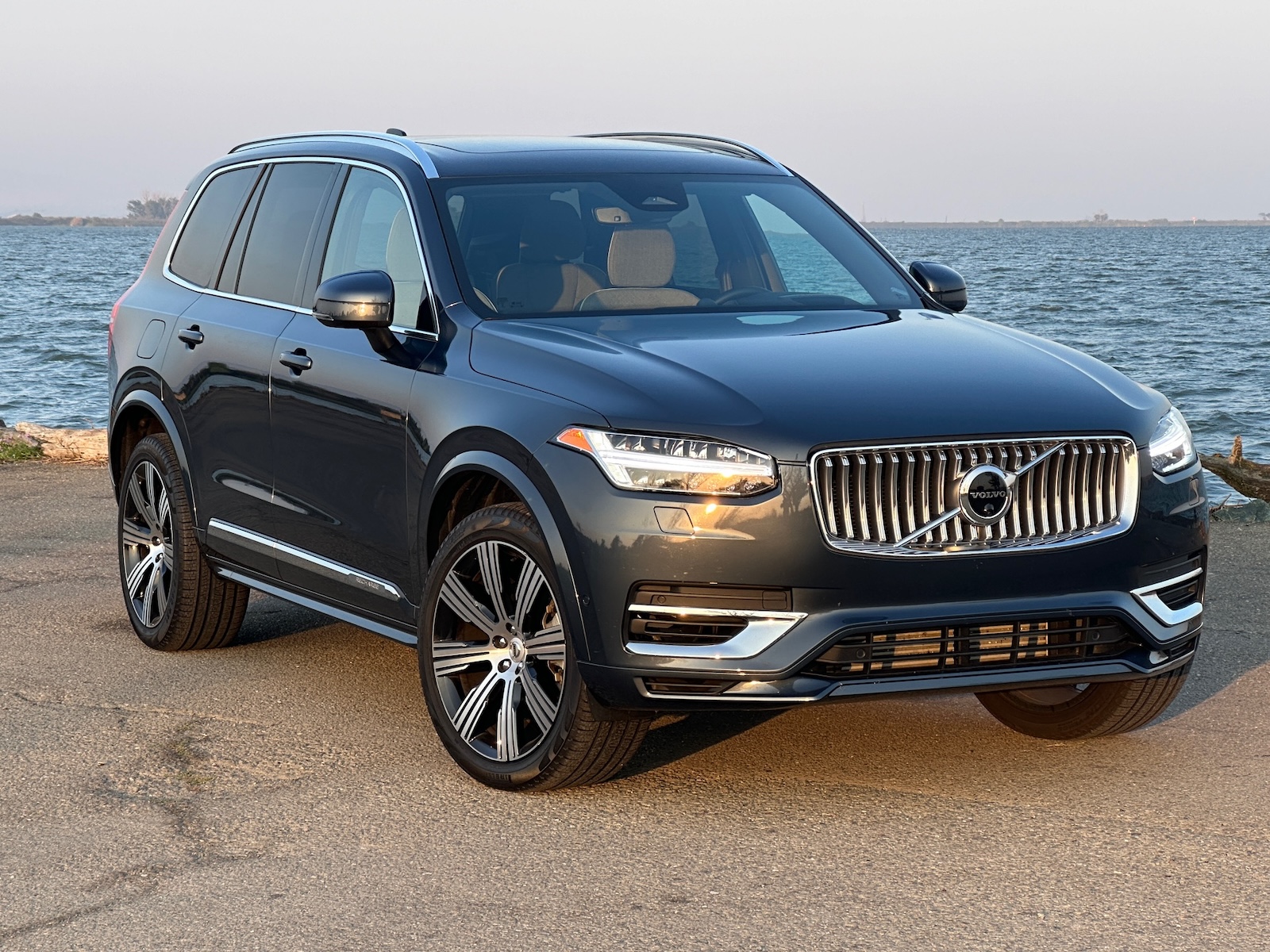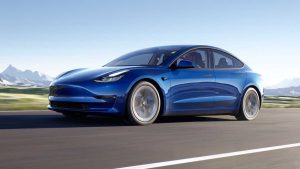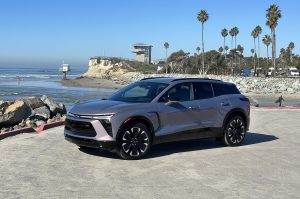Most of today’s new vehicles come equipped with the capability of handling smartphone-style over-the-air updates. It’s paying off in multiple ways, allowing manufacturers to update EV range, the fuel economy of gas vehicles, add features to infotainment systems and improve safety systems. But OTA capabilities vary widely from one vehicle to another.
If you own a relatively new Volvo model, such as a 2021 XC90, you may notice some changes to its infotainment system in the coming days. The automaker is using smartphone-style over-the-air updates to upgrade the system, adding features and improving its user interface.
Over-the-air updates are the norm on today’s smartphones, making it easy to upgrade apps and operating systems while easily loading new functions and features. And with today’s automobiles becoming more and more like smartphones on wheels, OTA technology is becoming more critical.
Manufacturers are using OTA updates not only to send new features and improve on existing ones but to handle problems that, in the past, might have required a trip to the dealership.
Repairing recalls remotely
Tesla announced in September 2022 the recall of more than 1 million vehicles due to faulty software affecting the power windows on vehicles like the Model Y. Traditionally, that would have required owners to schedule a service appointment at the dealership. But that wasn’t the case this time. The Texas-based automaker simply had to download updated software to fix the problem.
Tesla used OTA to address a similar problem early this year. But it’s not alone in solving service problems remotely. According to J.D. Power, tech glitches are now responsible for the majority of owner service complaints, and a growing number of recalls are caused by faulty software while traditional mechanical issues like defective transmissions are becoming less common.
A growing number of manufacturers are using OTA updates to deliver fixes and avoid forcing customers to come in for dealer service. One example was Mercedes-Benz which had to recall 1.3 million vehicles across its entire line-up because its e-Call (emergency call) system was at risk of failing following a crash. After Mercedes ruled out a hardware glitch, technicians realized it was due to a software bug. So, owners who subscribe to the Mercedes Me service could skip a service call and handle the fix remotely.
OTA everywhere
“By the second half of this decade, almost every (new vehicle) will have OTA capabilities,” said Sam Abuelsamid, principal automotive analyst for Guidehouse Insights.
Ford, General Motors, Volkswagen and other mass-market brands are already installing the technology needed for over-the-updates in virtually every one of their new products. And it’s essentially standard equipment in luxury models.
That said, not all OTA technology is the same.
More Technology News
- Think EVs are too Expensive? Check the Price of the Average PHEV
- Jeep Will Offer 6 Powertrain Options – 5 of Them Electrified
- Mitsubishi Promises Plenty of New Tech on 2025 Outlander
What are the differences?
Tesla is capable of delivering OTA updates for essentially every piece of software installed on its products. Over the years it has used that capability to deliver improvements in range and performance, to fix defects where software is at fault, and to add new features – in one case adding the ability for motorists to play fart sounds as they’re driving.
One reason the automaker can do this is that it uses a central computer processing system that oversees all onboard electronic functions.
Most of its competitors use “distributed” processing systems without a central brain. That can make it more difficult – in some cases impossible – to fix faulty software remotely. With many vehicles that have OTA, noted Abuelsamid, automakers only can deliver new features – or update old software in their infotainment systems.
GM actually was the first manufacturer to introduce OTA functionality in 2010, several years ahead of Tesla. But it was limited to the OnStar telematics system. Even with the new UltiFi electrical architecture built into its latest battery-electric vehicles, GM couldn’t fix all the bugs in the Chevrolet Blazer EV that led to a months-long stop-sale early this year. Vehicles already in customer hands had to be brought back to Chevy service bays.
Moving ahead
Volvo’s new OTA update will impact 10 separate model lines, including not only the XC90 but products such as the C40 and S60 – everything using the Android system it first adopted in 2020.
For now, Tesla clearly has an edge in its ability to address all onboard software, said Abuelsamid.
“The number of manufacturers capable of doing more extensive updates is still limited,” but will expand over the coming years. The key will be updating the basic electrical architecture inside their vehicles, migrating to central processing systems like those Tesla uses.












Tesla SW is beyond comparison with any auto SW.